
In this Motorola Moto G71 5G review, I’ll be discussing all about this mid-range 5G phone. As last year’s Moto G-series devices like the G40 Fusion and G60 didn’t fare well compared to the competition, Motorola has now started launching 5G handsets in this portfolio to get a slice of the pie where the segment has been dominated by Realme, Xiaomi, and others.
Its most recent release in the G-series is the Moto G71 5G which I’ve been using for about two weeks now. Costing just 18,999 for the sole 6/128GB variant, the Moto G71 5G has a lot going for it—including the fact that it is the first device in India to feature a Snapdragon 695 chipset.
So, did Motorola finally deliver an all-around package, that too being a 5G phone and without compromising much in terms of specs? Let’s find out in this review.
Motorola Moto G71 5G Specifications:
- Body: 161.19 x 73.87 x 8.49 mm, 179 gm, Water-repellent design
- Display: 6.4-inches AMOLED, 60Hz refresh rate
- Resolution: FHD+ (1080 x 2460 pixels), 20:9 aspect ratio, 409PPI
- Chipset: Snapdragon 695 (6nm mobile platform)
- CPU: Octa-core (2×2.2 GHz Cortex-A78 & 6×1.7 GHz Cortex-A55)
- GPU: Adreno 619
- Memory: 6GB RAM, 128GB uMCP storage (expandable)
- Software & UI: Android 11 with Motorola’s My UX on top
- Rear Camera: Triple-camera;
– 50MP f/1.8 primary, PDAF
– 8MP f/2.2 ultrawide, 118º FOV
– 2MP f/2.4 depth sensor - Front Camera: 16MP f/2.2 sensor (punch-hole)
- Security: Physical fingerprint sensor (rear-mounted)
- Audio: 3.5mm headphone jack, loudspeaker
- Sensors: Accelerometer, Gyro, Proximity, Ambient Light, Sensor Hub
- Connectivity: Hybrid Dual-SIM (Nano), Wi-Fi 802.11 a/b/g/n/ac, Bluetooth 5.0, GPS / AGPS / Glonass / Galileo / LTEPP / SUPL, NFC, USB Type-C
- Extra: Google Assistant Button, ThinkShield for Mobile
- Color Options:Neptune Green, Arctic Blue
- Battery: 5000mAh with 33W TurboPower
- Price in Nepal: N/A (INR 18,999 in India)
Motorola Moto G71 5G Review:
Design
- 161.19 x 73.87 x 8.49 mm, 179 gm
- Plastic back/frame, Glass front
- Water repellant design
Okay, first things first, I really liked the design of the Moto G71. My last G-series phones from Motorola were the G40 Fusion and G60 and to be very honest, they had pretty boring designs. But the G71 is quite the opposite.
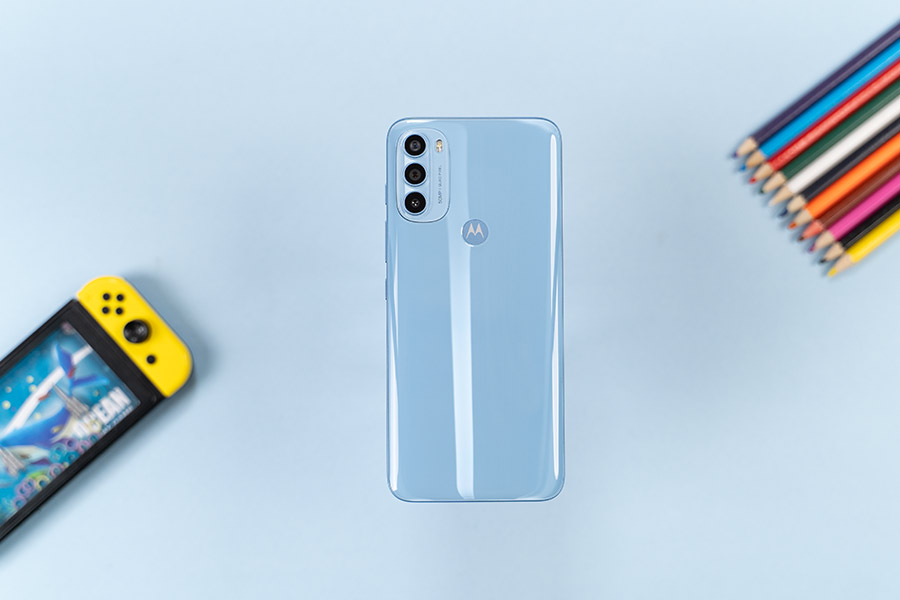
Granted it’s still a plastic back with a glass-like finish, but it’s sure to grab your attention—as it did mine—especially in this Arctic Blue variant. It looks quite refreshing and dare I say, premium too. Another thing I realized about this color is that fingerprints and smudges are less noticeable than they would be on a black glossy surface. So, even without a cover, the G71 does not appear as messy or untidy as it might be.
Moreover, at 8.5mm of thickness and just 179 grams of weight, the G71 is quite ergonomic to anyone with small hands and you will have no complaints regarding its weight distribution too.
The back also houses a fingerprint scanner with the iconic batwing Motorola logo. Now, this is a subjective thing but I don’t mind having a fingerprint scanner at the rear and my index finger rests perfectly on this. However, I found it to be slower than I am used to from a physical sensor. Nonetheless, it works perfectly for the most part, and on a few occasions, it worked even if my fingers were a little wet.
Just water-repellent design
Sadly, the G71 is void of any IP rating. Motorola does say that it has a water repellent design and the hybrid SIM tray also enjoys rubber gasket protection to prevent water/moisture damage. But an actual IP rating would’ve been great to earn the trust.
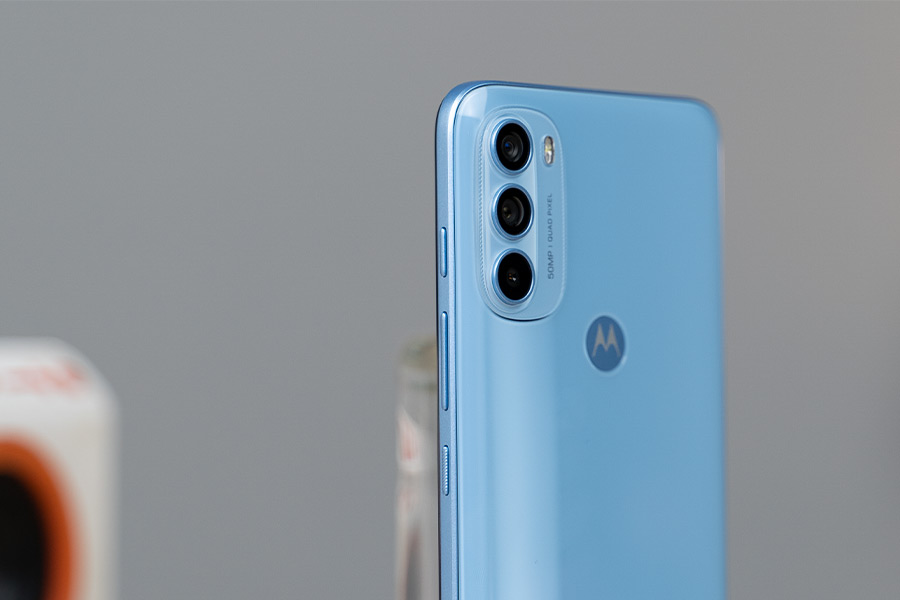
Anyways, it has a dedicated Google Assistant key placed on the right frame while the buttons here have decent tactile feedback.
Display
- 6.4-inches AMOLED screen, 409 PPI
- 60Hz refresh rate
Moving on to this review of the Motorola Moto G71 5G, let’s now talk about the display. Upfront, we get a 6.4-inch AMOLED panel with FHD+ resolution. It’s a good quality AMOLED screen that delivers a pitch-black contrast with great color reproduction, whereas I had no issue with its viewing angles either. And, although it doesn’t come with HDR certification or anything of that sort, you can still enjoy FHD content from your favorite streaming platform—thanks to the Widevine L1 certification.
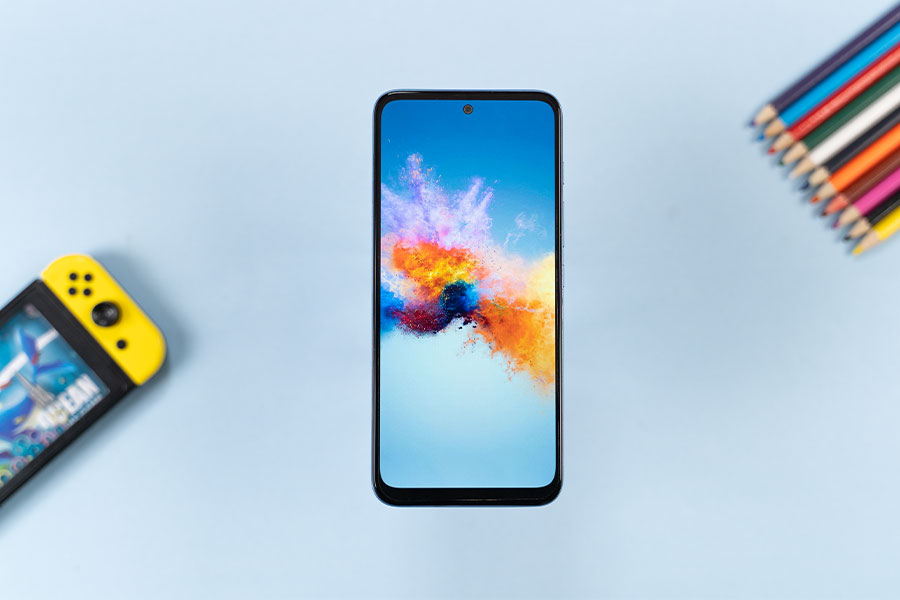
I’ve been binge-watching the “Another Life” series on Netflix for the past couple of weeks, and the G71 has been an excellent companion. The experience would’ve been even better if Motorola could’ve gone with a bit slimmer chin upfront—then again, it’s a mid-range phone, so I can’t hold that against the brand.
Likewise, with 700 nits of brightness, outdoor visibility isn’t much of an issue on this screen. Plus, the ambient light sensor works well enough to adjust the illumination level.
That said, the big miss on this screen is the lack of a higher refresh rate. Yep, the G71 settles for a standard 60Hz panel and Motorola hasn’t compensated for this with the inclusion of higher touch sampling rate either.
Motorola steps it up a notch?
Nonetheless, this isn’t something that should be criticized in any manner, and let me tell you why. You see, mid-range 5G phones—in general—forgo one feature or another to keep the cost down. It’s primarily due to the fact that 5G chipset are expensive by default, and making the matter worse is the global chipset shortage.
Yet, unlike other 5G phones in this price bracket—such as the Redmi Note 11T 5G—that comes with an IPS screen, Moto has included an AMOLED screen, which is definitely praiseworthy. And, if you ask me, I am totally down for a contrast-rich AMOLED panel over the higher refresh rate. Then again, the G71 is definitely not intended for mobile gamers or those seeking a smoother scrolling experience.
Performance
- Octa-core Snapdragon 695 5G SoC (6nm)
- 6GB RAM, 128GB uMCP storage (expandable)
- Android 11 with Motorola’s My UX on top
Regardless, core hardware is where things get more interesting. Powered by Qualcomm Snapdragon 695, this is the first phone in India to launch with this chipset. Now, don’t be tricked by the 6-series chip’s moniker; the Snapdragon 695 can deliver the same level of performance as the Snapdragon 750G.
In fact, the 695 could turn out to be better since it has Cortex-A78 cores as opposed to the Cortex A77 on 750G. Then, the SoCs have Cortex-A55 cores, yet these are slightly underclocked in 695. Likewise, graphics are handled by the Adreno 619 GPU—but the clock speed is slightly higher on the 695. And, it’s fabricated under a 6nm process, which means it’s more energy-efficient as well.
Benchmarks
To find out how they stack up against each other, I did benchmark tests on the OnePlus Nord CE which has a Snapdragon 750G at its core, and the Moto G71. Now, as you can see, the latter scores slightly better scores in the Geekbench 5 test, whereas there’s not much of a difference between their AnTuTu scores.
| Moto G71 5G | OnePlus Nord CE 5G | |
| Geekbench (v5) | Single Core: 657
Multi-core: 1821 |
Single Core: 633
Multi-core: 1758 |
| AnTuTu (v9) | 382117 | 385,000 |
Furthermore, to check the throttling of the new chipset, I ran a CPU throttling test for 30 and 60 minutes, and it managed to yield a stable graph—so yeah, no major throttling issue.
Gaming
On to the gaming, PUBG mobile caps out at HD graphics and High frame rate settings where you can get a fairly stable 30fps gameplay. But for the smoothest of experience, you can dial down the setting to Smooth graphics and Ultra frame rate where you will enjoy 40fps gameplay with no hiccups or anything of that sort.
By the way, there’s also a high-performance setting in Moto Gametime mode. Yet, I didn’t notice any major performance bump after turning it on.
Anyways, Call of Duty Mobile is playable at High graphics and Max frame rates with minimal jitters. However, it does not handle graphic intensive games like Genshin Impact that well. I have to dial down everything in the setting to low to get a playable 30fps gameplay. Even in this setting, stutters greet you every now and then.
Software
Another thing that I need to highlight here is that the phone enjoys 6GB RAM and 128GB of uMCP storage. uMCP basically means a Unified multi-chip package that integrates DRAM and UFS storage onto a single chip, taking up less space than a discrete memory and storage solution.

G71 is said to deliver read and write speed comparable with UFS 2.2 storage solution. To see if that’s true, I ran the CPDT storage benchmark test on the G71 and the recently launched Redmi Note 11—which has a UFS 2.2 storage. And, indeed the results between the two are quite comparable.
| CPDT | Moto G71 5G | Redmi Note 11 | |
| Sequential Write | 357.92 MB/s | 318.45 MB/s | |
| Sequential Read | 428.15 MB/s | 441.07 MB/s |
Regardless, it handles day-to-day tasks pretty well and you will have no complaints regarding its RAM management either. It can easily store 8-10 apps in its memory and multi-tasking between the apps is a brezze too. Pair that with Motorola’s optimized My UX interface, the overall experience gets even better.
Moreover, it doesn’t come with any bloatware app pre-installed—as I have expected. Plus, there are some really cool and useful Moto features like “chop-chop” and “twist” that you can take advantage of.
Disappointment…
Sadly, in the software update scenario, it’s bad news. It’s still on Android 11 and despite the company claiming that they would roll out Android 12 firmware by the end of Feb, I am yet to receive one.
But, the hell in the handbasket is that it is eligible for just a year of OS upgrade. That means it will only get updates from Android 11 to Android 12. This is really disappointing from a company famed for its clean Android experience. So, I hope Motorola looks into this and provides at least an update for 2 years because that’s a bare minimum for a mid-range phone in my books.
However, the brand has not made any compromise in terms of providing 5G bands, since the device ships with a total of 13 of them. So, this is a job well done by Motorola in terms of future-proofing the phone.
Battery
- 5000mAh battery, 33W TurboCharge
Another thing that’s great on Moto G71 is its battery life. The company has managed to fit in a big 5000mAh cell on this sleek form factor—that’s already something. Even with heavy usage consisting of hours of content consumption, gaming, photo/video shooting, and casual web browsing all through the review period, I managed to net out 9-10 hours of screen on time on the Moto G71.
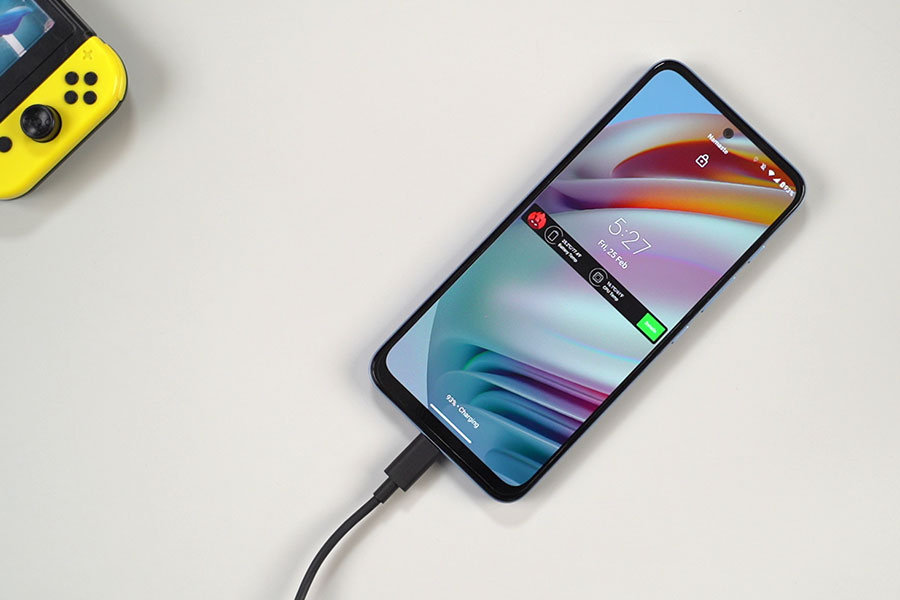
Not only this, its standby time is impressive as well. I’ll go as far as to say it’s as good as iPhones. The max overnight battery drain I have found on this device is just 2-3%. Likewise, charging this phone isn’t a taxing task either. It ships with a 33W fast charger inside the box that takes around 1 hour and 5 minutes to fully juice up the device.
Camera
- Triple-camera setup at the back
- (50MP main, 8MP ultra-wide, 2MP depth)
- 16MP selfie camera
Alright, on to the cameras, based on my past experience with mid-range Motorola phones, cameras were never the strongest suit of the device. So I was eager to see if Motorola Moto G71 5G could save its reputation this time. Sadly, the story remains the same.
Normal Images
As you can see from these camera samples, generally the daytime photos from its primary sensor come off with low contrast. However, with good lighting conditions maintained, you can pull off good images with natural colors. Moreover, the images have a slightly warm tone while the dynamic range is good enough for a mid-range device.
Ultrawide Images
The ultra-wide photos don’t retain much detail and I also noticed “chromatic aberration” or “color fringing” in its images. It occurs when the camera’s image processing results in colored edges. Moreover, when shooting in direct sunshine, the photos get hazy.
Portrait Images
The edge detection is good in portrait images, and it preserves skin tone well. Similarly, the HDR processing works effectively to preserve the background bokeh effect.
Selfie Images
Moreover, selfies from its 16MP camera are not that good. It yields sub-par results if you maintain a good lighting condition. However, the images come off horrible when the shot is taken against direct sunlight, as you can see in the image above.
Likewise, portraits selfies retain a good level of contrast and the edge detection is appreciable too.
Night Images
When it comes to nighttime photography, as with most other mid-range phones, you will notice muddy images with very less detail.
The night mode, on the other hand, does not work as effectively as expected. Most of the time, the G71’s post-processing brightens the entire image and makes it appear unnatural. Furthermore, the details do not improve significantly and it lacks in terms of exposure control as well.
Videography
In terms of videography, the back cameras can capture 1080p videos at up to 60fps. But, the stabilization is only available at 30fps. So, as expected, the 60fps video comes off quite wobbly. With stabilization turned on at the 30fps footage, the videos are comparatively stable, yet you will still notice jerkiness even in this mode.
Furthermore, the selfie video caps out at 1080p@30fps. It does not have a very wide field of view and there’s not much of a detail to talk about. All in all Motorola G71’s cameras are straight-up average.
Audio
- Mono speaker, Dolby Atmos
- 3.5mm headphone jack
Likewise, for audio, the G71 5G features a mono speaker with support for Dolby Atmos. Although it’s a mono speaker setup, it’s quite loud and is good for watching YouTube videos and such. Even at the highest of volume, vocals sound pretty clear and there’s the presence of some bass as well. Yet, if you’re coming from a stereo speaker setup, you’ll surely miss the immersive audio experience.
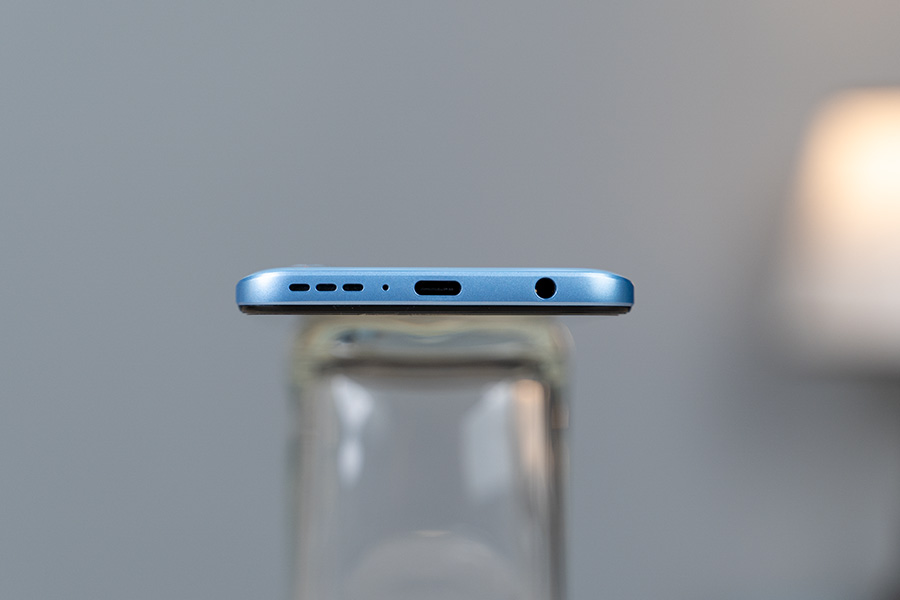
Regardless, I haven’t faced any problem in terms of call quality while the proximity sensor works well too. The haptic feedback, on the other hand, is decent too. It definitely does not compare against the high-end sets, but it’s good for a mid-range device with fairly strong feedback.
Motorola Moto G71 5G Review: Conclusion
So, now wrapping up this review, is the Motorola Moto G71 5G a viable option in the sub-20,000 price range? My answer will be ‘Yes’ as well as ‘No’. See, if you want a 5G phone, you should put these devices in an alternate universe where these mid-range “Value for money” 4G smartphones don’t exist.
And being a mid-range 5G phone, the Moto G71 has a bunch of talking points—like an AMOLED screen, a fairly capable chipset, and a really good battery life. My one criticism of the brand is that it could have done way better in terms of cameras, which would have made this device a better all-around package.
So, if you’re looking for a mid-range 5G phone and don’t wander around the streets taking photos, the Moto G71 5G is a great choice. That being said, if you want a true “Value for money” smartphone that does not compromise on specs, I would still recommend going with a 4G handset.
Motorola Moto G71 5G Review: Pros and Cons
Pros:
- Ergonomic design
- AMOLED screen
- Stock Android experience
- Fairly capable chipset
- Ridiculous battery life
- 33W fast charging
- 13 5G bands
Cons:
- 60Hz refresh rate
- Running on Android 11
- One year of major OS upgrade
- Average cameras











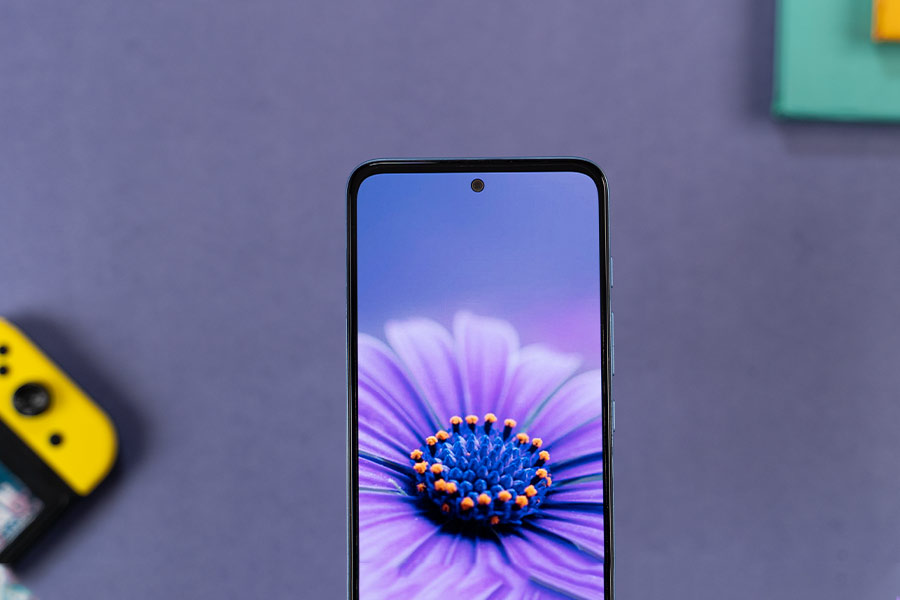
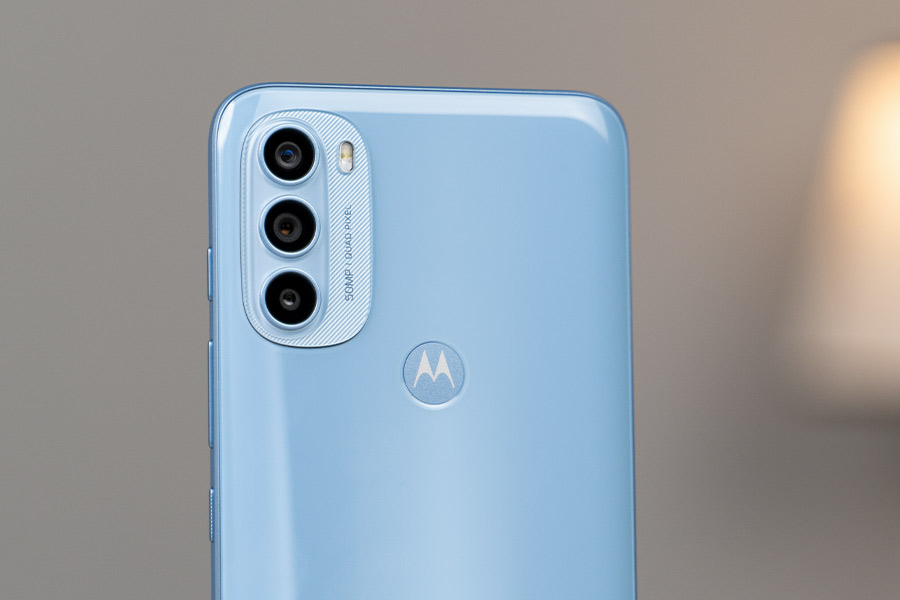



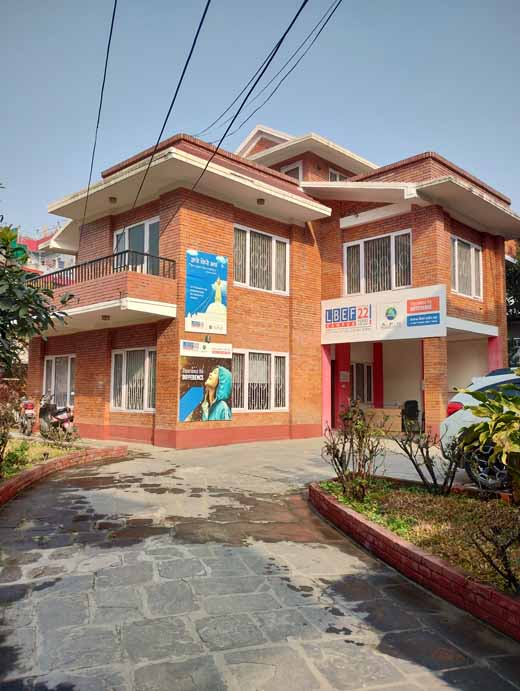


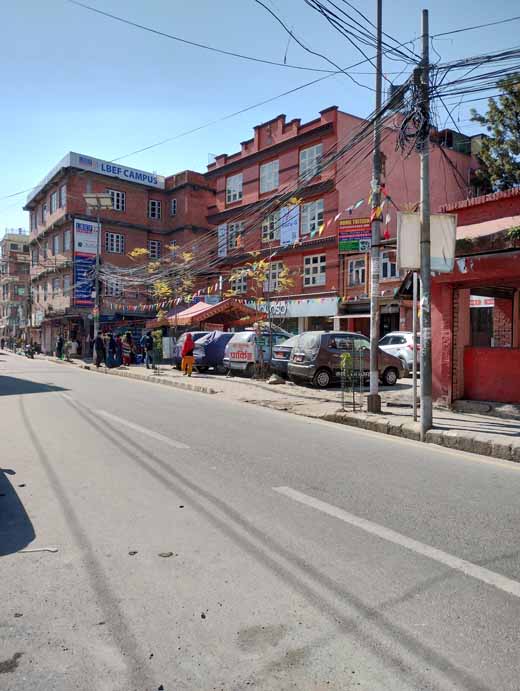
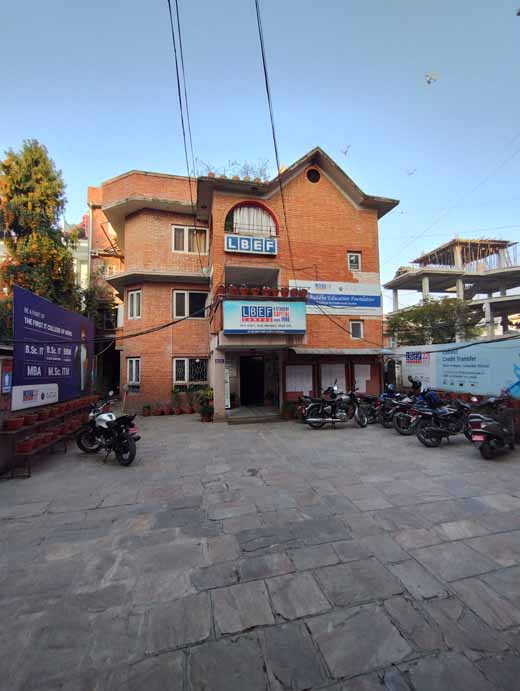








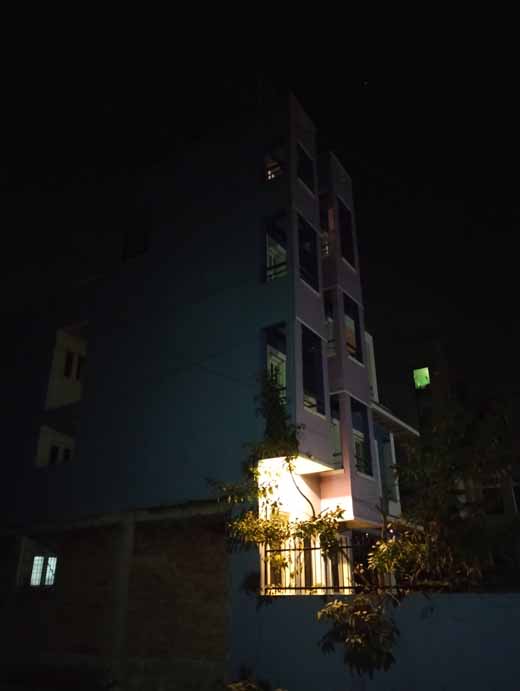

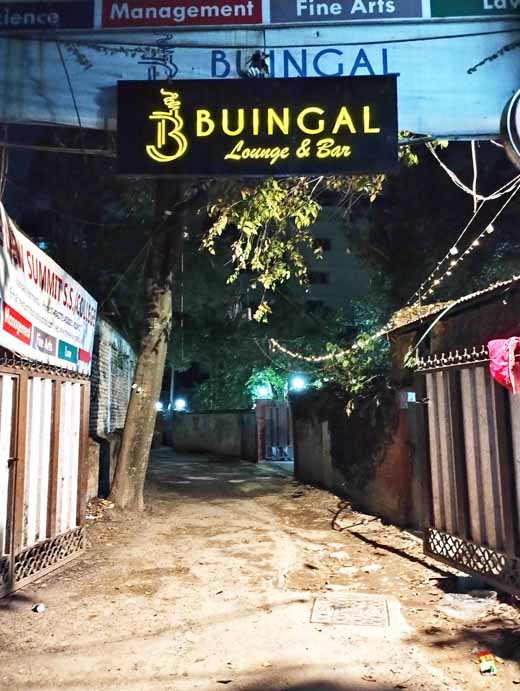
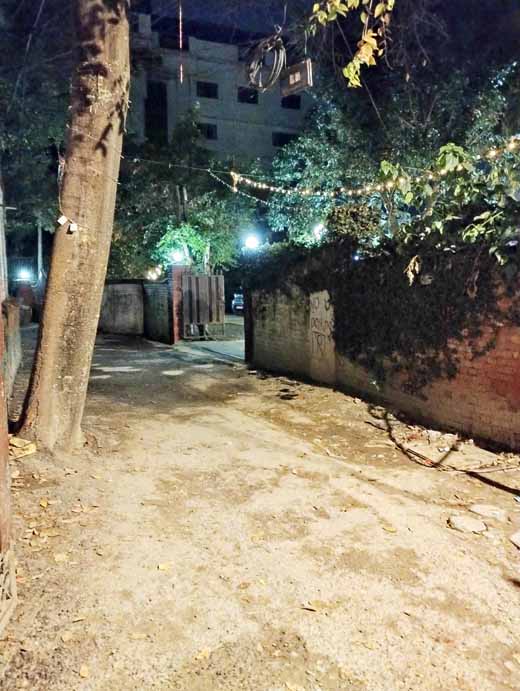







![Best Ultrabooks To Buy in Nepal 2024 [Updated] Best Ultrabook Laptops in Nepal 2023 - June Update](https://cdn.gadgetbytenepal.com/wp-content/uploads/2023/04/Best-Ultrabook-Laptops-in-Nepal-2023-June-Update.jpg)
![Best Gaming Laptops in Nepal 2024 [Updated] Best Gaming Laptops in Nepal 2023 - June Update](https://cdn.gadgetbytenepal.com/wp-content/uploads/2023/04/Best-Gaming-Laptops-in-Nepal-2023-June-Update.jpg)


![Best Mobile Phones Under Rs. 15,000 in Nepal [Updated] Best Phones Under 15000 in Nepal 2024 Budget Smartphones Cheap Affordable](https://cdn.gadgetbytenepal.com/wp-content/uploads/2024/03/Best-Phones-Under-15000-in-Nepal-2024.jpg)
![Best Mobile Phones Under Rs. 20,000 in Nepal [Updated] Best Mobile Phones Under NPR 20000 in Nepal 2023 Updated Samsung Xiaomi Redmi POCO Realme Narzo Benco](https://cdn.gadgetbytenepal.com/wp-content/uploads/2024/01/Best-Phones-Under-20000-in-Nepal-2024.jpg)
![Best Mobile Phones Under Rs. 30,000 in Nepal [Updated]](https://cdn.gadgetbytenepal.com/wp-content/uploads/2023/12/Best-Phones-Under-30000-in-Nepal-2024.jpg)
![Best Mobile Phones Under Rs. 40,000 in Nepal [Updated] Best Phones Under 40000 in Nepal 2024 Smartphones Mobile Midrange](https://cdn.gadgetbytenepal.com/wp-content/uploads/2024/02/Best-Phones-Under-40000-in-Nepal-2024.jpg)
![Best Mobile Phones Under Rs. 50,000 in Nepal [Updated] Best Phones Under 50000 in Nepal 2024 Smartphones Midrange](https://cdn.gadgetbytenepal.com/wp-content/uploads/2024/02/Best-Phones-Under-50000-in-Nepal-2024.jpg)
![Best Flagship Smartphones To Buy In Nepal [Updated] Best Smartphones in Nepal 2024 Flagship Premium Samsung Apple iPhone Xiaomi OnePlus Honor](https://cdn.gadgetbytenepal.com/wp-content/uploads/2023/09/Best-Smartphones-in-Nepal-2024.jpg)